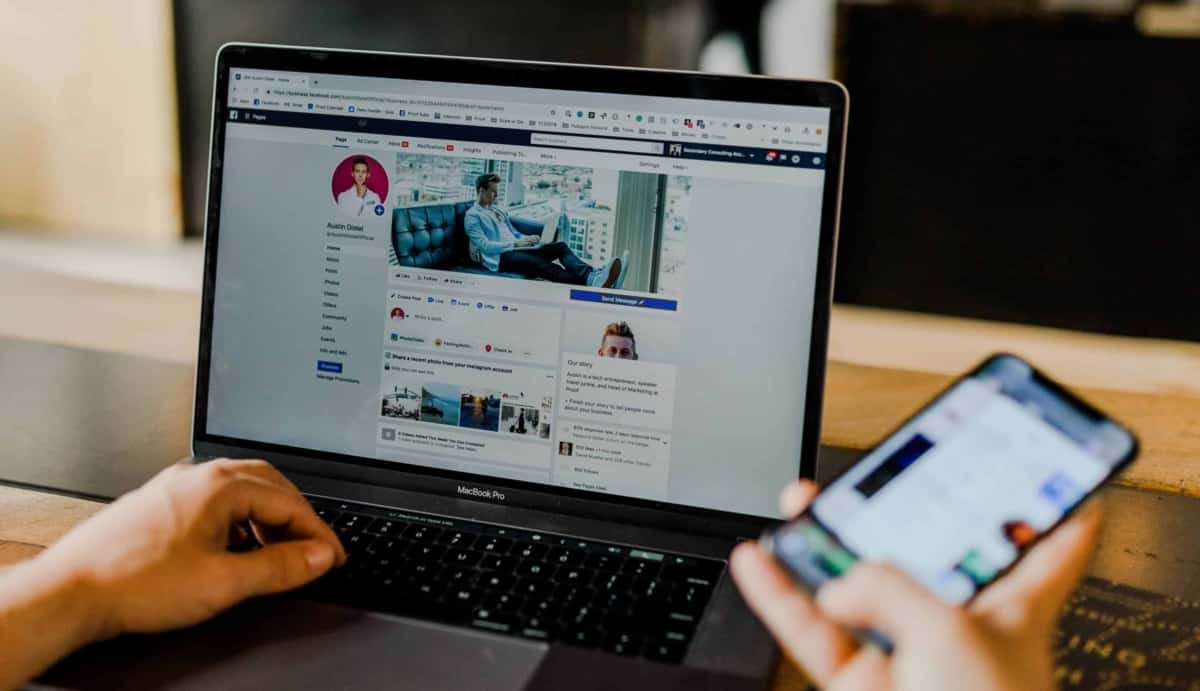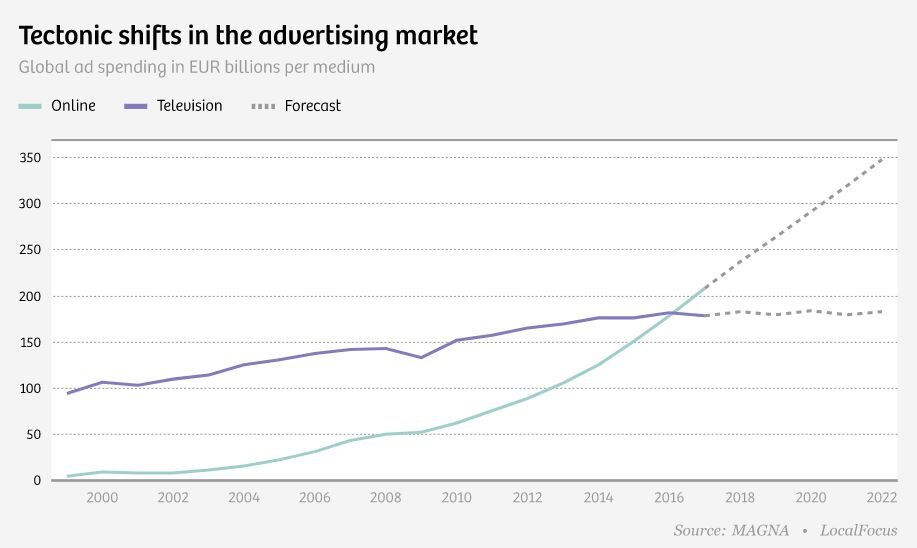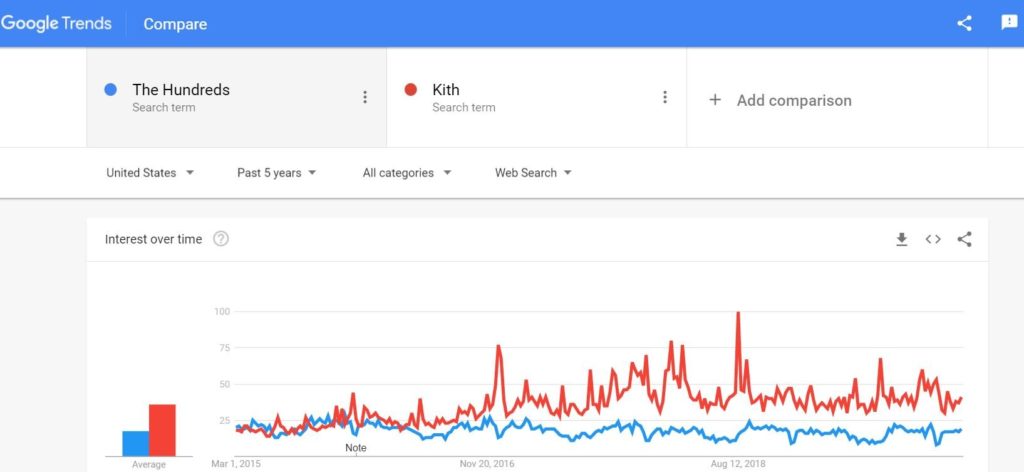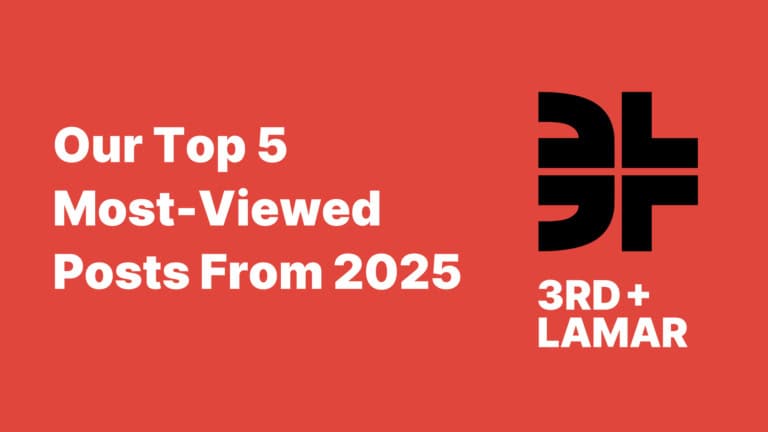
There are plenty of stories lately on venture-backed startups shifting from a grow-at-all-costs mentality to a profitability mindset where unit economics matter more.
The subpar IPOs of companies like Lyft, Uber, and Casper, the failed IPO of WeWork, and scrutiny of SoftBank’s Vision Fund investments, have contributed to this wave of news.
Perhaps it’s not a coincidence that there also has been more reporting on the efficacy of online advertising. After all, startups spend almost $0.40 of every VC dollar on Google, Facebook, and Amazon. [1]
Is that money being put to good use?
The Rise In Performance Marketing
Before we attempt to answer that, it’s important to know how we got here.
About a decade ago, Sean Ellis introduced the buzzword “growth hacking,” which describes the practice of uncovering methods to improve product adoption. It gained acclaim after Dropbox published these slides and people like Andrew Chen began sharing ideas. Growth hacking suggests that there are tactics – marketing, product, or otherwise – with quick feedback loops that can rapidly improve customer growth.
Recently, a new umbrella term – performance marketing – has emerged that refers to marketing efforts designed to generate immediate, tangible results – such as direct-response advertising. The opposite of this is typically referred to as brand marketing, which relates to marketing activities – often offline – that are higher in the purchase funnel and are more difficult to attribute to an individual sale.
Both “growth hacking” and “performance marketing” sound nice. Companies want to make data-driven decisions and get measurable results quickly. Likewise, executives want to deliver results that are difficult to dispute. Also, there’s comfort in the idea that if I put $10 into marketing, I will get $15 back (or more). [2]
As a result, companies have allocated larger percentages of their ad budgets to lower-funnel efforts, such as display and video remarketing, programmatic display, and paid search (branded and non-branded).

Doubts About Ad Performance Begin To Surface
In March 2017, the New York Times published an article about JP Morgan Chase, which cut the number of sites its ads displayed on from 400,000 websites per month to 5,000 websites per month that it pre-approved.
Kristin Lemkau, who served as the bank’s CMO, told reporter Sapna Maheshwari: “It’s only been a few days, but we haven’t seen any deterioration on our performance metrics.” [3]
A year later, the world’s largest advertiser, Proctor & Gamble, revealed to the Wall Street Journal that the company sliced its digital ad budget by more than $200 million in 2017, claiming the move had “little impact on the business.” Part of the decision was based on YouTube’s inability to police content on its platform, but digital ad clutter and ad fraud also were cited as reasons for the move.
adidas admitted in Oct. 2019 that it over-invested in digital and performance marketing at the expense of brand building. Simon Peel, adidas global media director, told MarketingWeek that they did not recognize the connection between offline advertising and online sales.
“We had an understanding that it was digital advertising – desktop and mobile – that was driving those sales, and as a consequence we were over-investing in that area,” Peel said.
In Austin, ad network Phunware was sued by Uber for allegedly “facilitating and covering up a multiyear ad fraud scheme that cost the ride-sharing app $17 million in ad spend,” per this AdExchanger article.
The most wild stat in @MorningBrew history:
“We were able to add more subscribers (in April) than we did in March, while reducing paid advertising investment by nearly 94%”. pic.twitter.com/1WRsYP4EEL
— Austin Rief (@austin_rief) May 8, 2020
Not long ago, The Correspondent published a well-researched report on ad fraud and performance that peels back a few layers on the $273 billion spent on digital ads globally in 2018.
And most recently, the co-founder of Morning Brew announced on Twitter that they grew in April 2020 despite cutting their ad spend drastically in response to COVID.
Market Correction For Online Advertising And Brand Marketing
Brand safety concerns, bad actors, over-saturation, and high competition leading to rising CPCs and diminishing returns have caused brands to reconsider their ad budgets, and now brand marketing is making a comeback. We advise companies to strike a balance.
The advantages of brand marketing alongside direct-response campaigns include:
- Upper-funnel advertising improves the ROI of lower-funnel efforts.
- Better measurement tools are making it easier to track upper-funnel investments.
- More content leads to SEO improvements and higher domain authority.
- There’s added credibility from advertising offline to a mass audience. [4]
- Brand association offline is often more effective at building trust, which improves conversion rates. [5]
All that said, it’s still difficult to draw a concrete line between many brand marketing investments and sales. Investments in brand marketing – such as content – pay off over time. It takes strong convictions and patience to stick with it, but brands are seeing the returns of brand marketing, especially when combined with lower-funnel activities.
“Sales over night, brand over time,” KFC Senior Manager of Performance Marketing Jeff Long said on OnlineGeniuses.com’s AMA Feb. 26. “You gotta have both or you’ll lose in the short term or long term. Too many people think that digital can only do the former. I tend to believe it’s really critical for the latter as well.”
These are some ways to gain clarity on your brand marketing efforts:
- Track direct traffic. Every other source of traffic can be gamed to some degree. Users who visit your site directly – and especially return users who visit your site directly – are likely your biggest fans. If your direct traffic is growing, that signals strong brand health.
- Google Trends is helpful. Search volume is an indication of interest. Use Google Trends to track branded search volume for your company. Also, look at your brand’s search volume compared to your competitors to see if your SOV is growing.
- Use vanity URLs or codes in offline campaigns. On billboards, LED displays, subway signage, podcasts, radio/TV ads, etc., try using a specific URL or purchase code in your creative so that you can tie back traffic to your placements.
- Budget for brand lift studies. Market research firms can run aided and unaided brand awareness studies to help companies understand the impact of their marketing efforts – both online and offline. These can be expensive depending on the geographic area that you’re measuring.

For other testing and measurement techniques, read this post with lessons from Netflix and Wayfair. Also, here are additional resources to help you out:
- The basics of online customer acquisition
- Customer acquisition begins with content
- A different way to think about ad budgets
- The basic psychology of human behavior
- How to make brand publishing work
- Brand storytelling at its finest
Have questions? Email us at [email protected].
[1] Statistic from Social Capital’s annual letter Oct. 31, 2018.
[2] This sounds nice, but it’s difficult to prove. We talk about measuring incrementality in this post.
[3] Major props to Lemkau for admitting this. Most CMOs would never disclose this.
[4] Roman Health VP of Growth Will Flaherty spoke to this on the Social Native podcast Oct. 2, 2019: “The reason we like TV is that it stands apart compared to some of the other channels. There’s more of a creative canvas to really tell a story and to explain what we do. If you’re advertising on TV at prominent events, it gives your brand enhanced credibility as you are communicating at such mass scale. We value it because it contributes to the overall, collective marketing mix.”
[5] Roman Health VP of Growth Will Flaherty spoke about Ro’s MLB partnership on the Social Native podcast Oct. 2, 2019: “We saw a really good response and traction, enough that we decided to do more and not just more in the media sense, but how can we use an affiliation with an entity like baseball to continue to build trust. By becoming a partner of MLB, it allows us to really feature the league and its mark and name in our advertising.”



